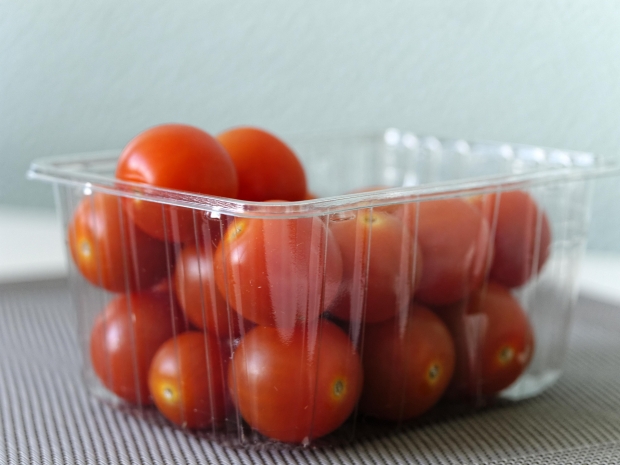 Loading... Please wait...
Loading... Please wait...Save Money. Grow Your Own!
Fast Plain Box Shipping.
We ship to the US & Canada.
Grow Your Own!
How to Grow Just What You Need
Posted on 15th Jan 2016
One of the biggest questions at the outset of a hydroponics project is simple -- how much should you grow? Although it sounds like a simple question, it can be hard to figure out. First-time growers or even those who have grown before have to have a concrete idea of the amount of produce that they want, and they have to make their equipment setups match that. Here are some basic steps to making this big decision.

Consider Your Needs
Are you trying to feed your family with hydro products? Do you want to have extras to give away? Or are you starting a small commercial project? Either way, you're going to have to basically estimate how much produce you want. Too little or too much can be a problem. Part of the key, for a commercial business, is distribution. It doesn't make sense to grow huge heaping piles of produce if you don't have anywhere to take it -- and it can just lead to a situation where you're throwing money away.
Assess the Output of One Plant
This is a step that some first-time growers don't do, and it can cost them. You don't just have to try to estimate how much produce you need -- you have to try to estimate how much you'll get out of each plant. For example, look at a grape tomato plant. You might not think that you could get 20 or 30 pints of tomatoes, or more, off of this plant over its lifetime, but that's certainly possible. And when growers don't take the time to understand how plants grow and produce fruit, they often overestimate how much they'll need and again, they end up wasting money.
Start Small
Even after you've done your estimates, you might still want to start off with a smaller hydroponics system for learning purposes. Yes, you can create huge rooms the size of greenhouses with plant pots and nutrient packages that will sprout dozens and dozens or even hundreds of plants. You've seen these neat setups on television and on the Internet. But if you don't need that much produce, there's no point in going for this type of design.
On the other hand, when you start with a few plants and a small closed grow box or other similar resource, you can learn as you go. You're more free to make mistakes as you get better about understanding what plants need. With a little patience, after a couple of plant cycles, you can scale up and you’ll have more control over how you grow and how you distribute.
For more about hydroponics and how to pursue it, check out Dealzer. We offer thousands of pieces of equipment for growers, and also a lot of information on how to garden.
